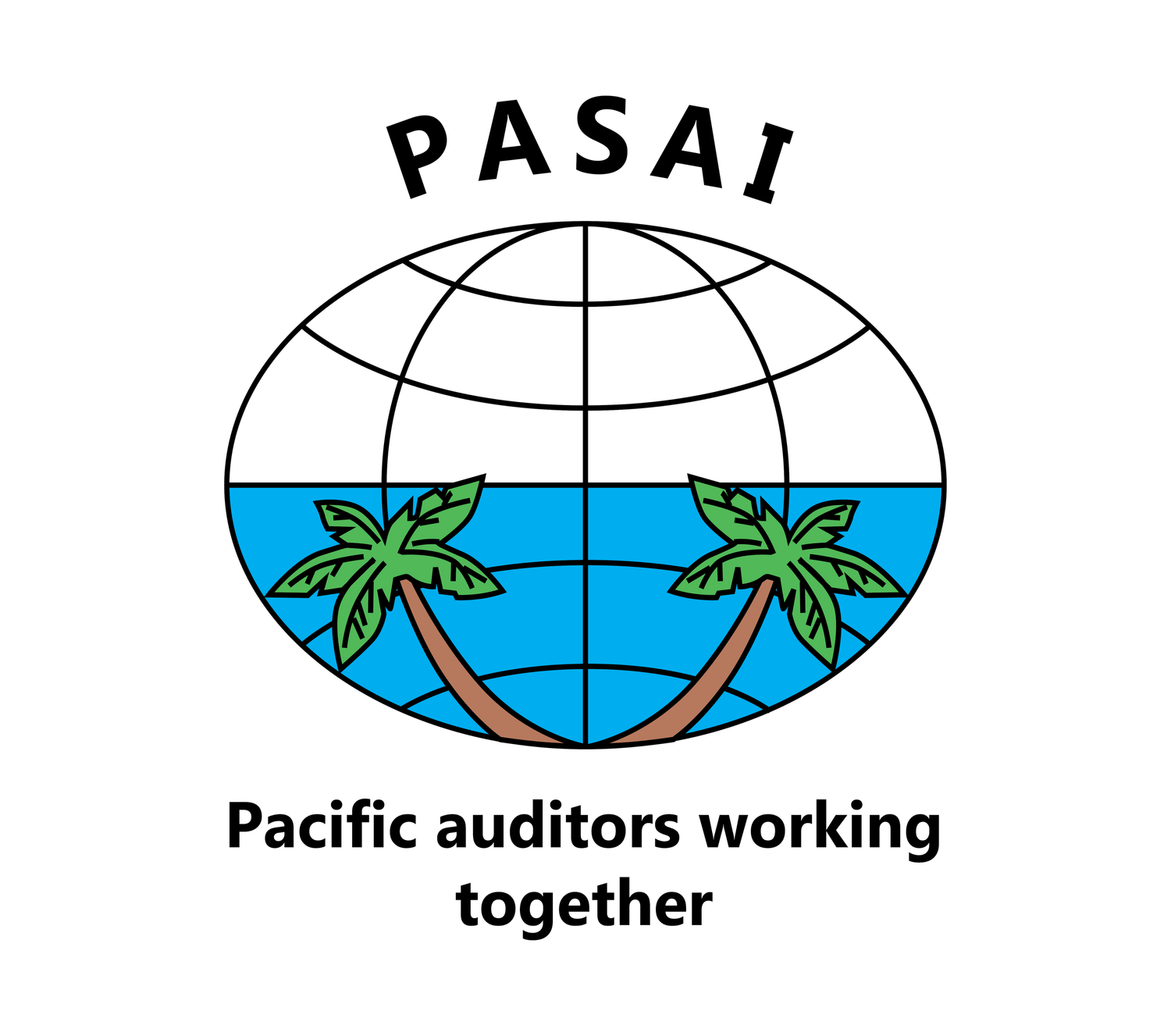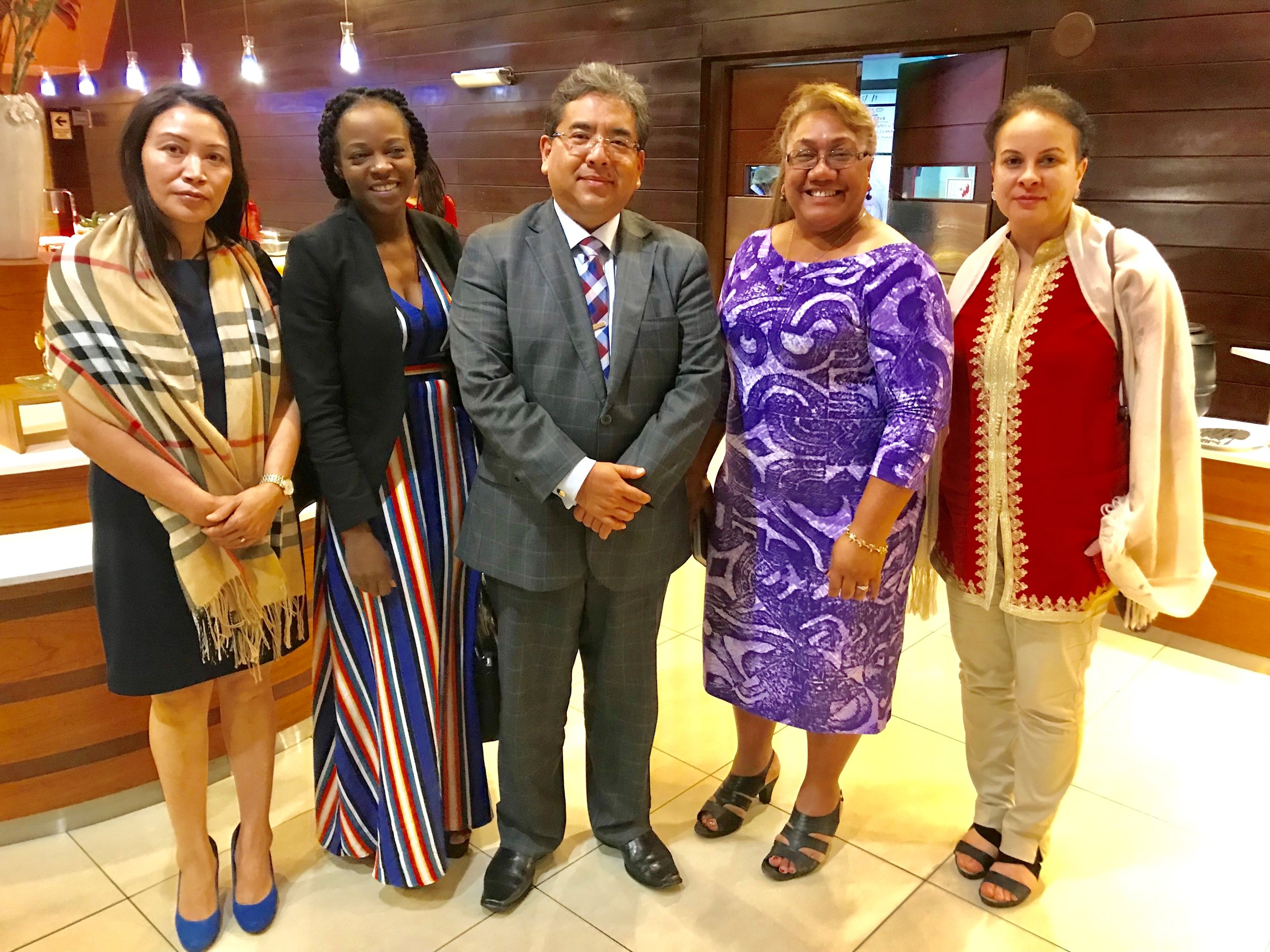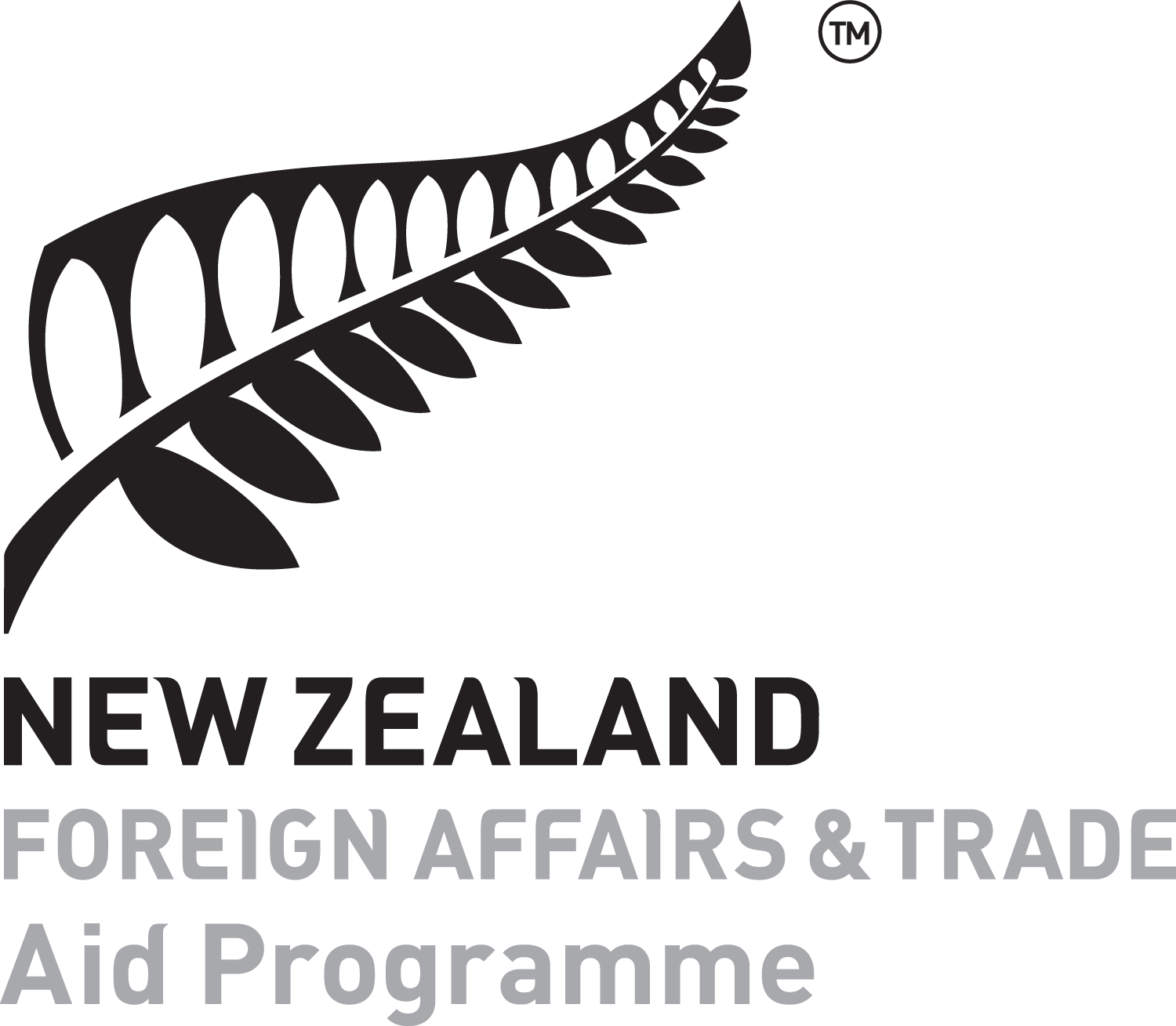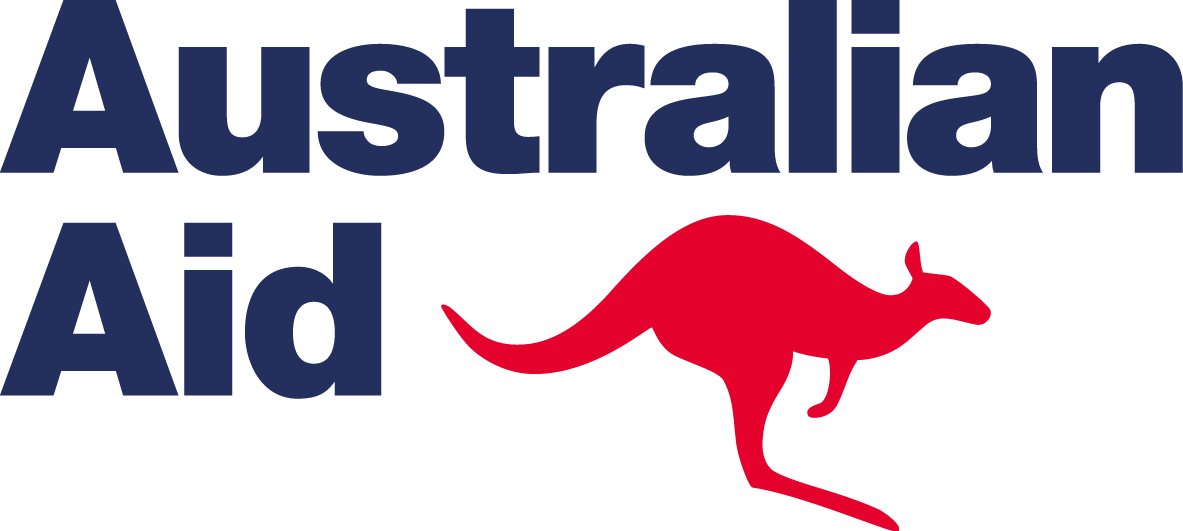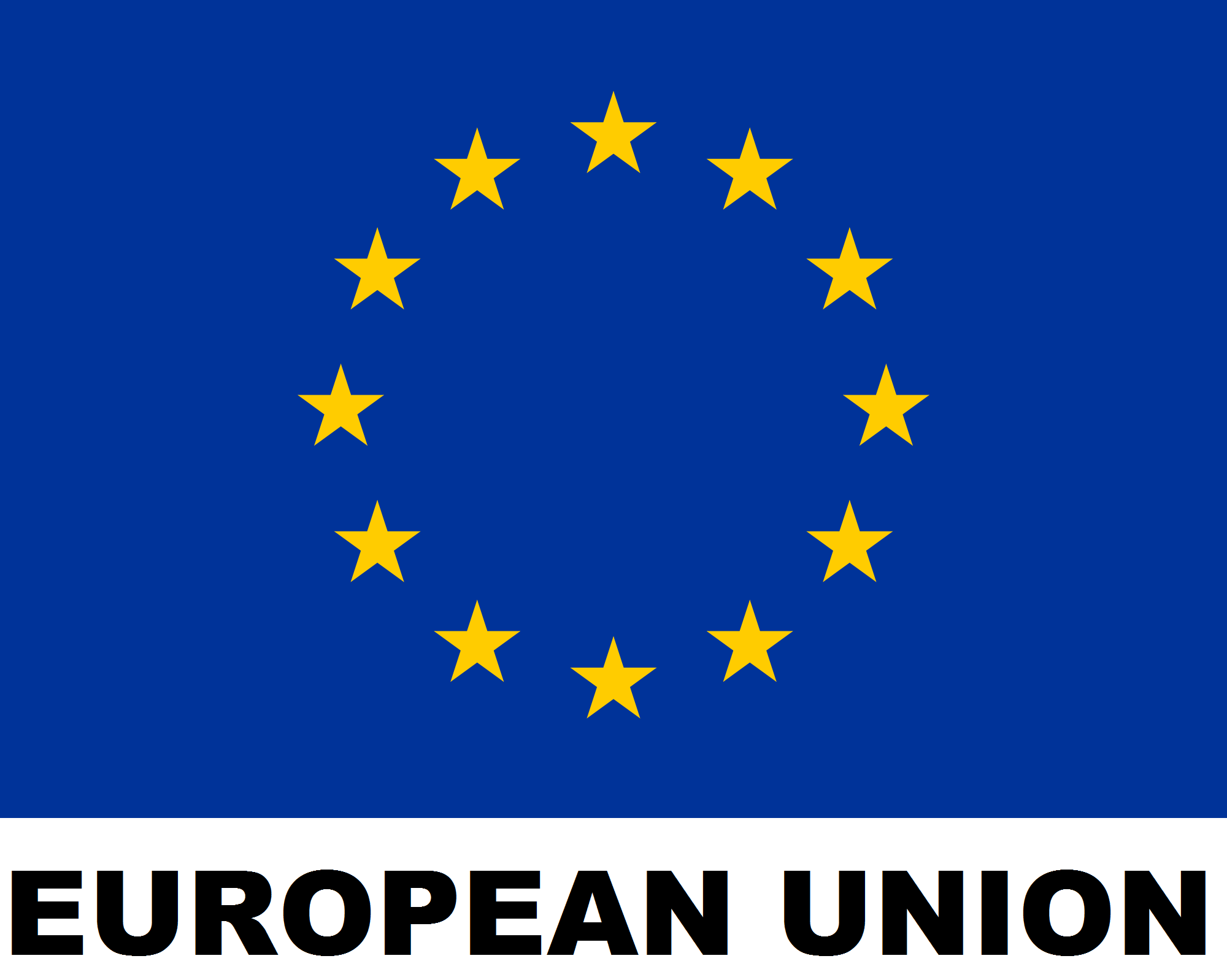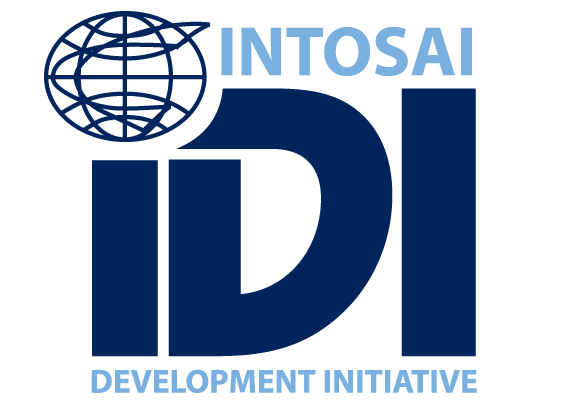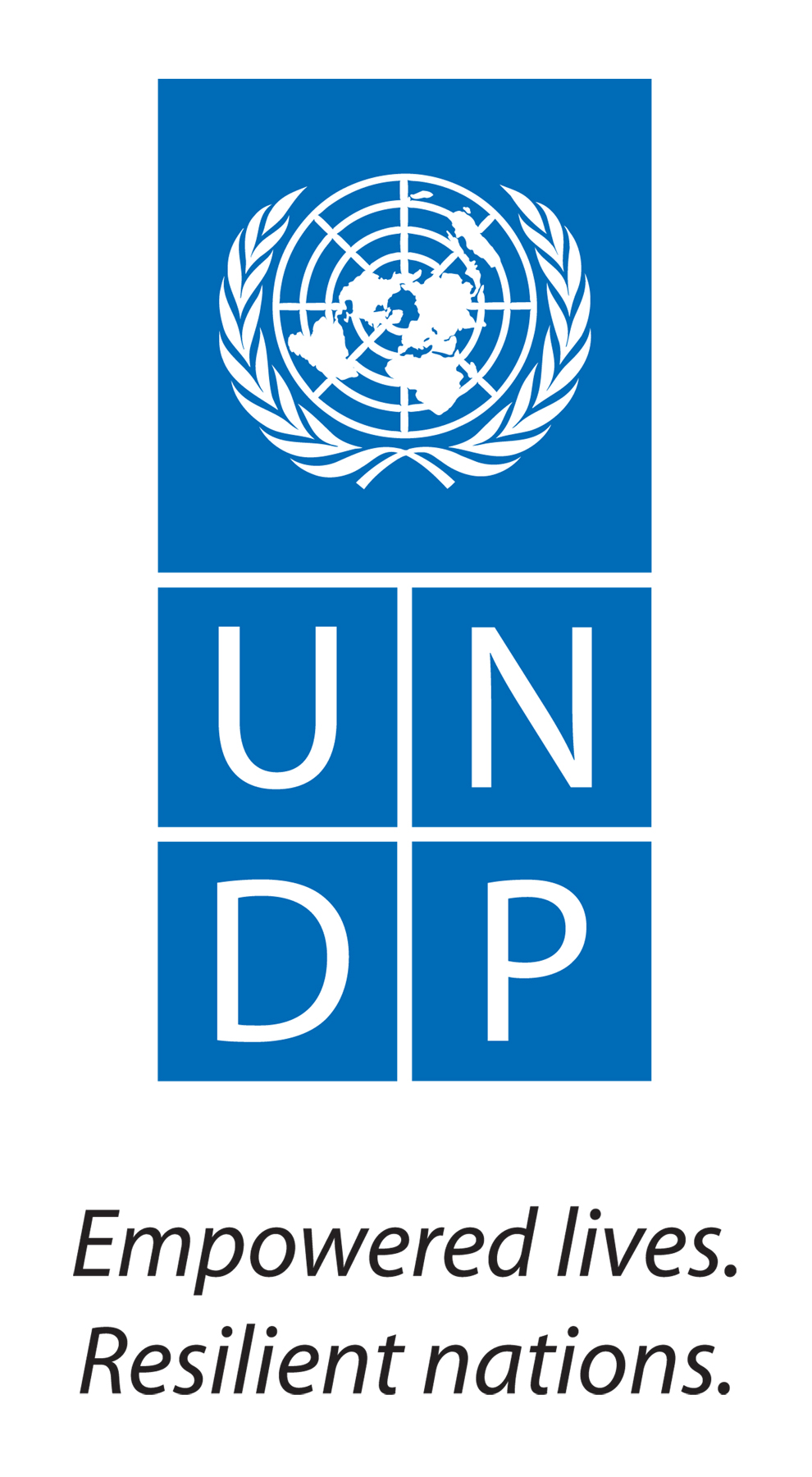By Sinaroseta Palamo-Iosefo, PASAI’s Director of Practice Development
One of the fundamental areas where Supreme Audit Institutions (SAIs) in the Pacific region require support is in the development of effective strategic plans, that the SAIs will then implement and report on. This need was met with the timely request from the International Development Initiative (IDI) for the Pacific region to pilot its Strategy, Performance Measurement and Reporting (SPMR) programme. This programme aims to improve strategic management within SAIs and INTOSAI regions, leading in turn to better service delivery.
The programme builds the capabilities of SAIs in developing effective strategic plans and translating them to operational plans. It also embeds the rationale that SAIs need to take a holistic approach to setting their strategic direction, identifying societal values they aspire to contribute to and determining both the required resources and how they will deliver value and benefits to citizens. This holistic approach entails the SAIs giving due consideration not only to their core business and operations, but also to understanding stakeholders’ expectations and the environment in which the SAI operates.
And herein lies the issue. Identifying strategic challenges, defining outcomes and developing performance indicators are not the usual tasks of an auditor. In fact, developing a strategic plan was not an expectation or a key focus of a Head of SAI until just a few years ago, and consequently some SAIs would engage a consultant to develop them in their place.
However, if SAIs are to remain relevant, I think that they need to embrace the changing environment and face head-on the emerging risks which can influence the delivery of its core function and make a difference in the lives of citizens.
From experience during a recent Operational Planning workshop in Cook Islands (link to PASAI newsletter), which I co-facilitated with IDI, there is no doubt that SAIs are finding this whole approach to strategic management challenging, particularly in changing mind-sets from solely planning audits to planning the strategic direction of the SAI. Factors such as the size, capacity, capability and maturity level of the SAIs impact on the SAI’s ability to engage effectively - and with ease - in the various stages of strategic management. This new norm needs to be sustainable.
The workshop delegates highlighted especially the hurdles in aligning various plans such as divisional, Human Resource, IT and communications plans with the SAI’s strategic plan and in ensuring that various plans speak to each other.
The different terminology used by various participating SAIs and within the SPMR programme itself added another layer of complexity. While SAIs use terms such as key results areas, goals and objectives, the SPMR programme’s results framework refers to impacts, outcomes, outputs and capacities. In considering the different terminology that might be adopted by SAIs, the proposed solution was for SAIs to understand the different levels – strategic or operational - that they referred to when developing the different elements of their strategic plans.
Through this programme, SAIs have learnt how important it is for their leaders to take ownership of their organizational planning process by defining their strategic directions and involving all SAI staff in the development of these organizational plans. In my view, when a SAI leader takes ownership, it ensures that strategic management is sustainable and will remain as a fundamental responsibility of the SAI and not of external parties. We were fortunate enough to have nine Heads of SAI among the twelve SAIs taking part in the programme, signalling their ownership of the strategic management process. Hopefully this will strengthen SAI commitment to better performance and accountability.
In the end, however, it’s going to take significant shifts in culture, focus and ownership of end-to-end strategic management to ensure SPMR’s true benefits are reaped. IDI has developed a powerful programme – now it’s down to the SAIs to strategically plan their next steps. It is my firm belief that interesting and rewarding times lie ahead for all SAIs who rise to the challenge.
Sinaroseta Palamo-Iosefo,
PASAI Director of Practice Development
PASAI were invited to attend the OLACEFS planning meeting on SAI PMF in Lima, Peru 11 -15 February 2018.
Sina is left, with Chair of CEDEIR and President of SAI El Savador, Mrs Carmen Elena, and the facilitators – Mr Horacio (from SAI Brazil) and Mr Bill Burnett, a Consultant engaged by IDI to conduct independent quality assurance review of SAI Performance reports, including the reports of SAIs in our region
With the Comptroller General of SAI Peru

